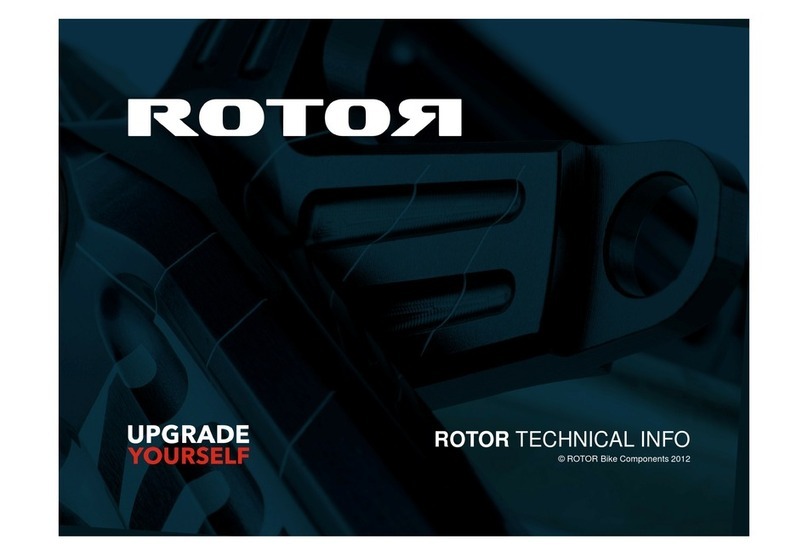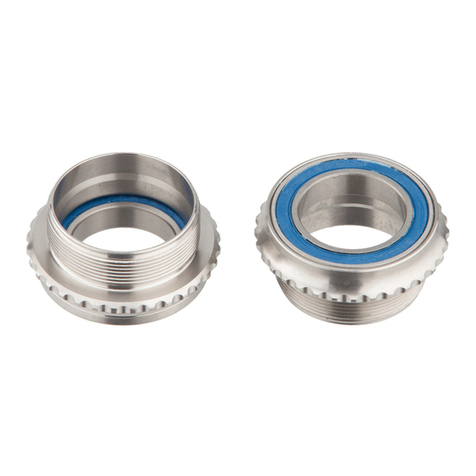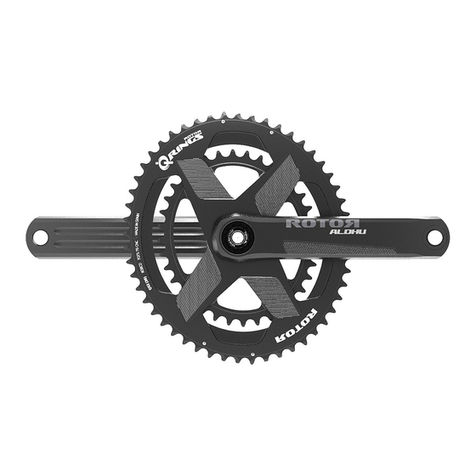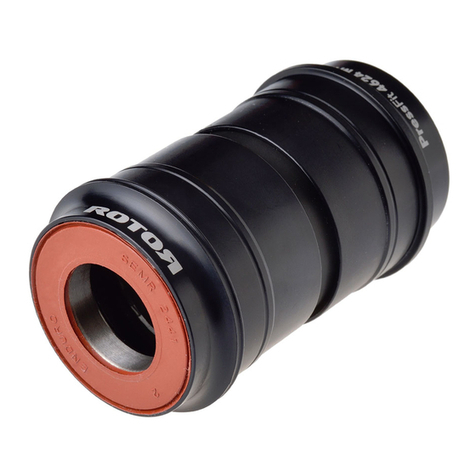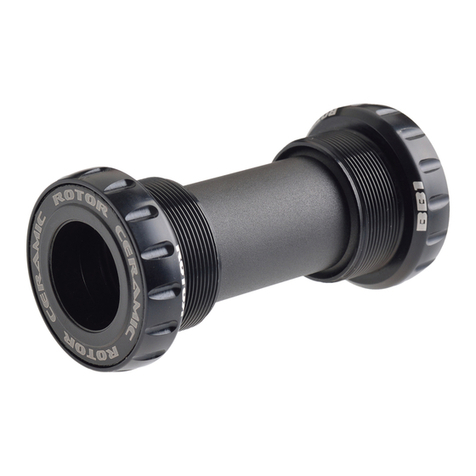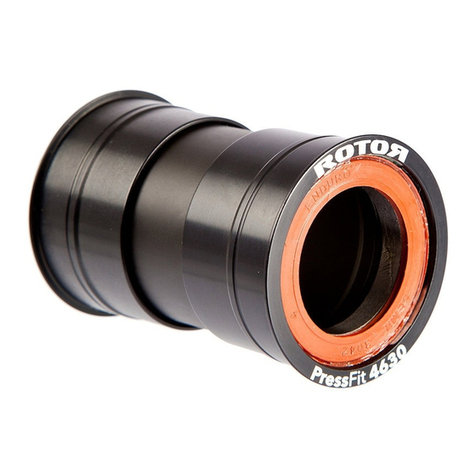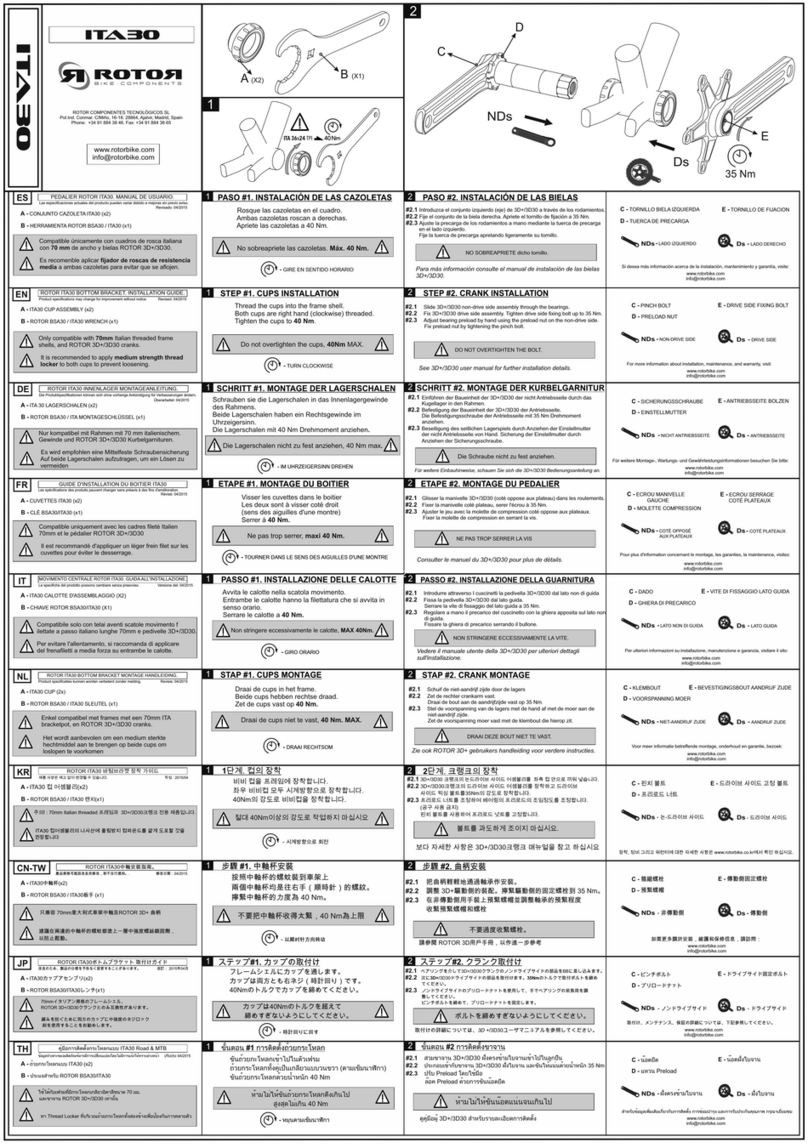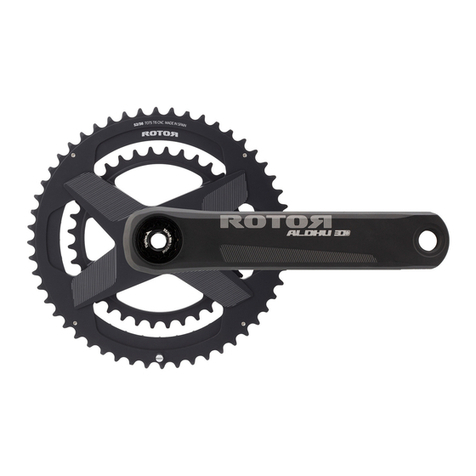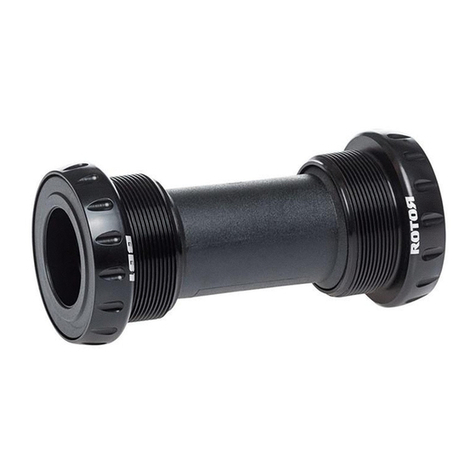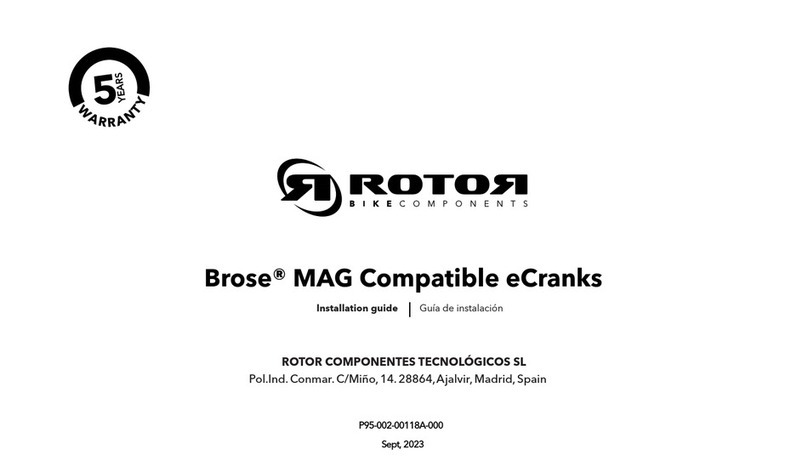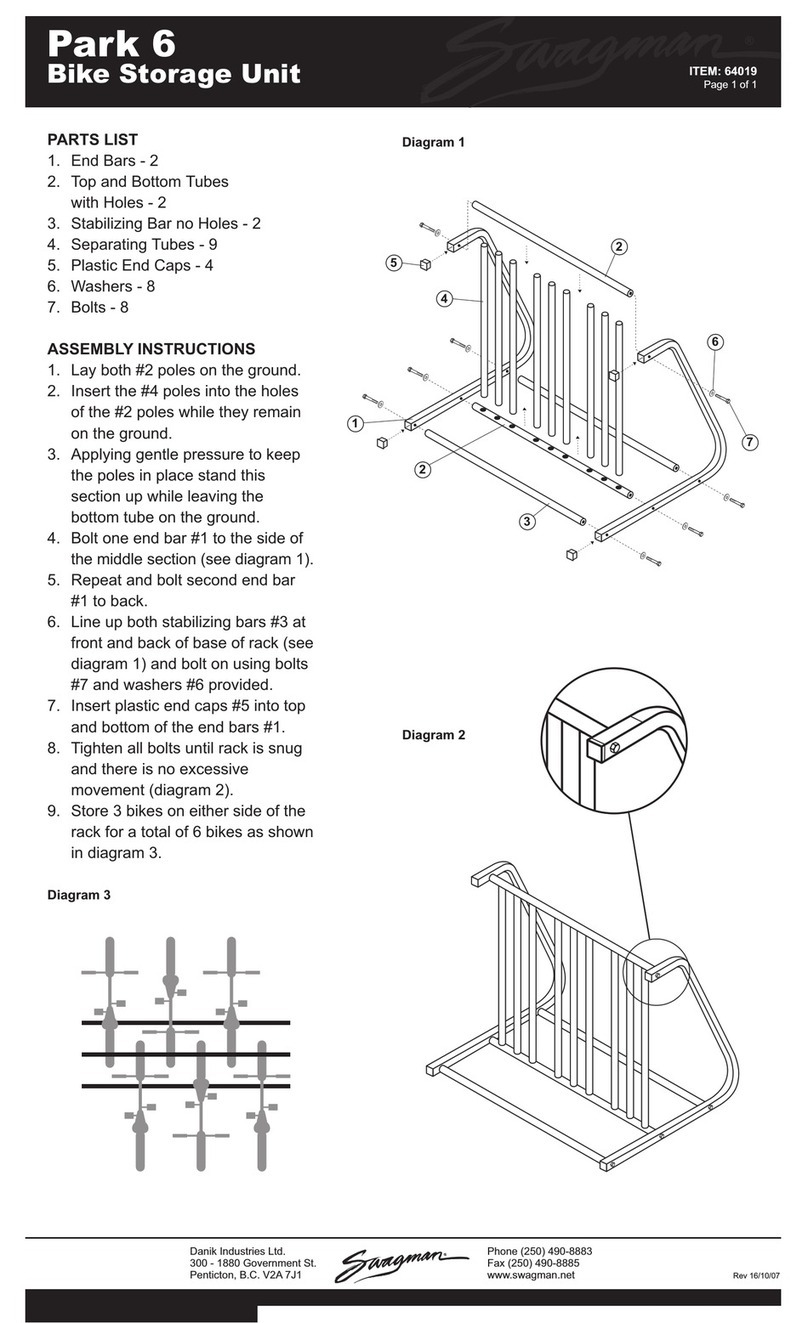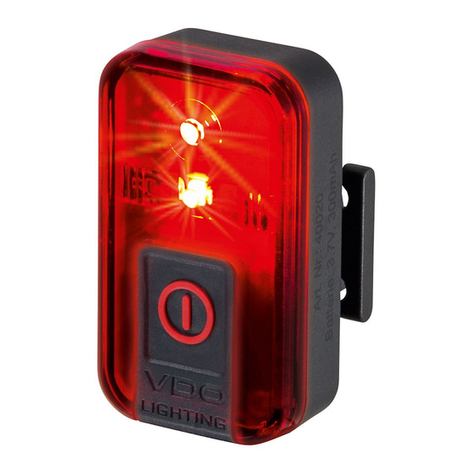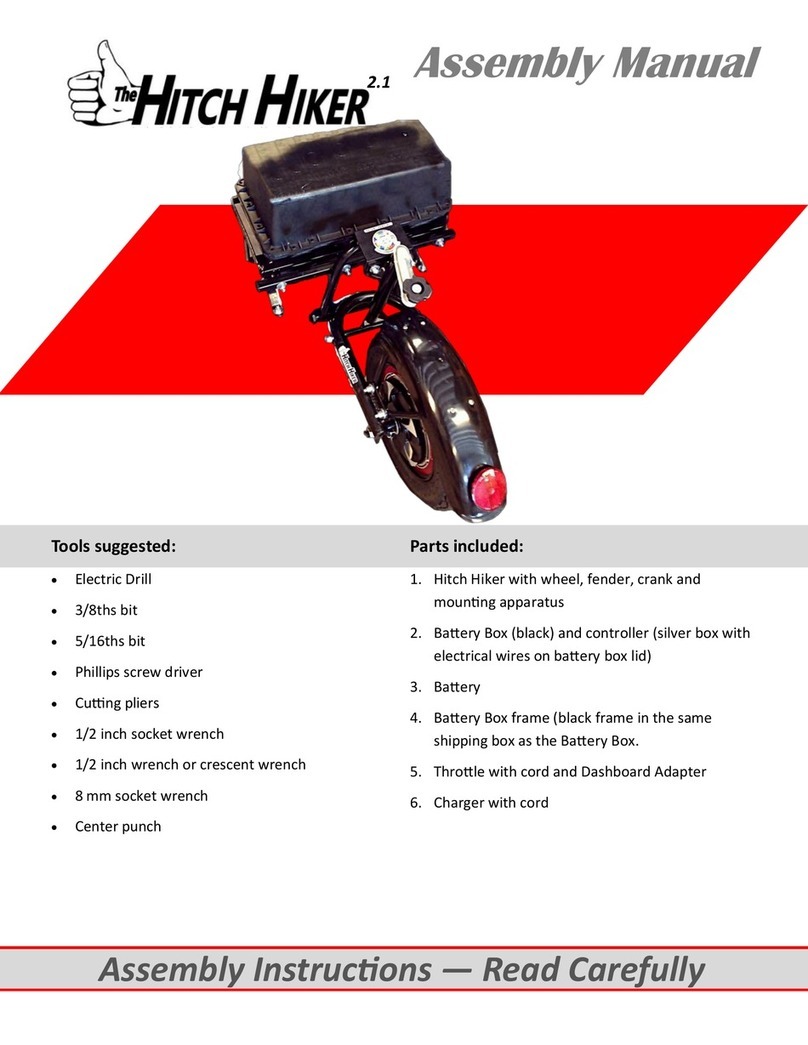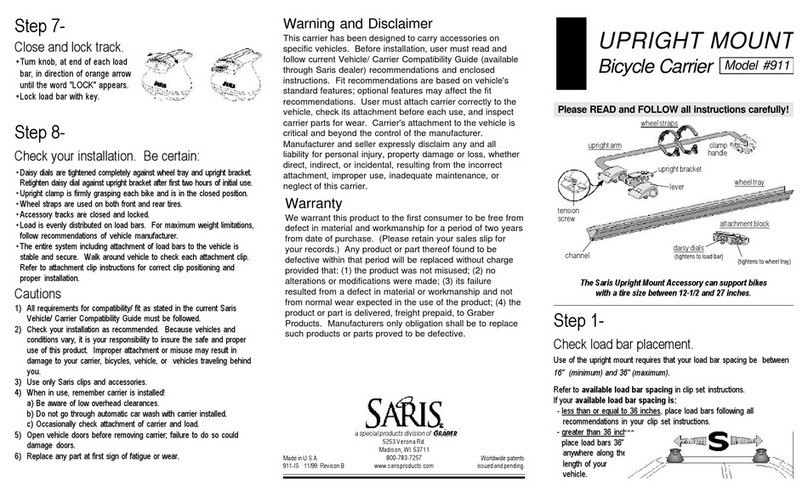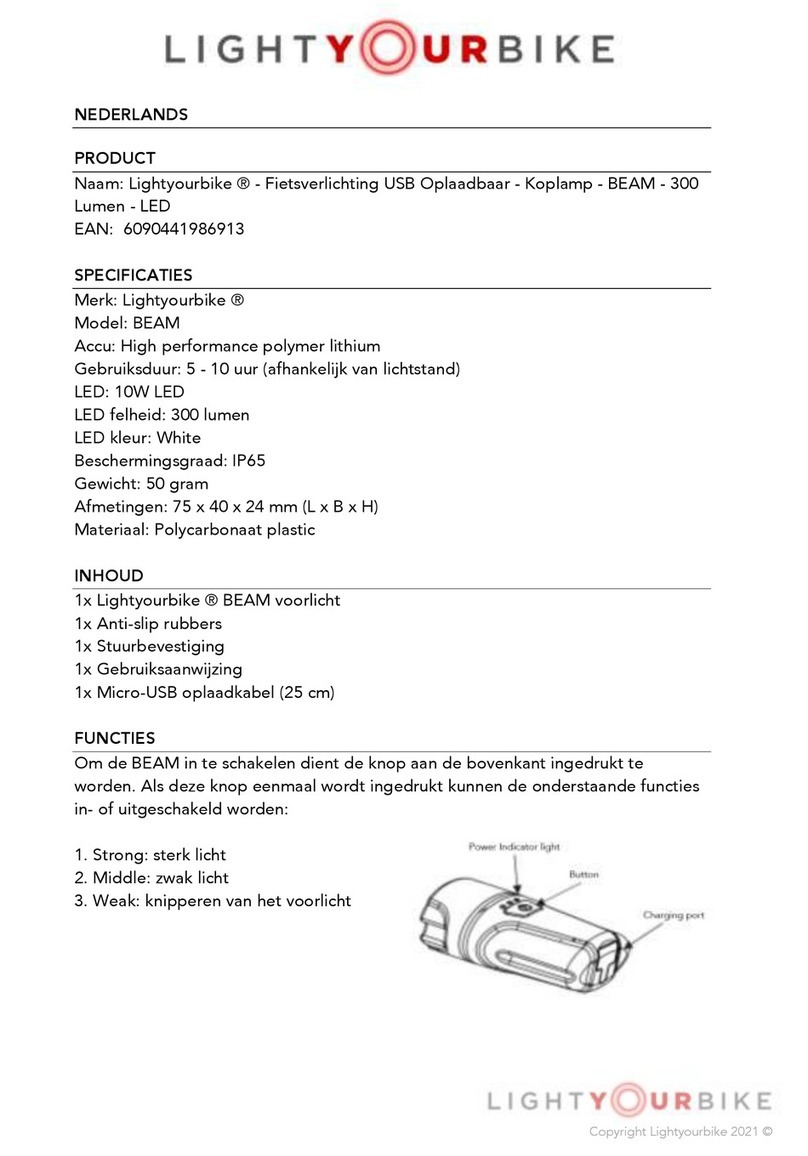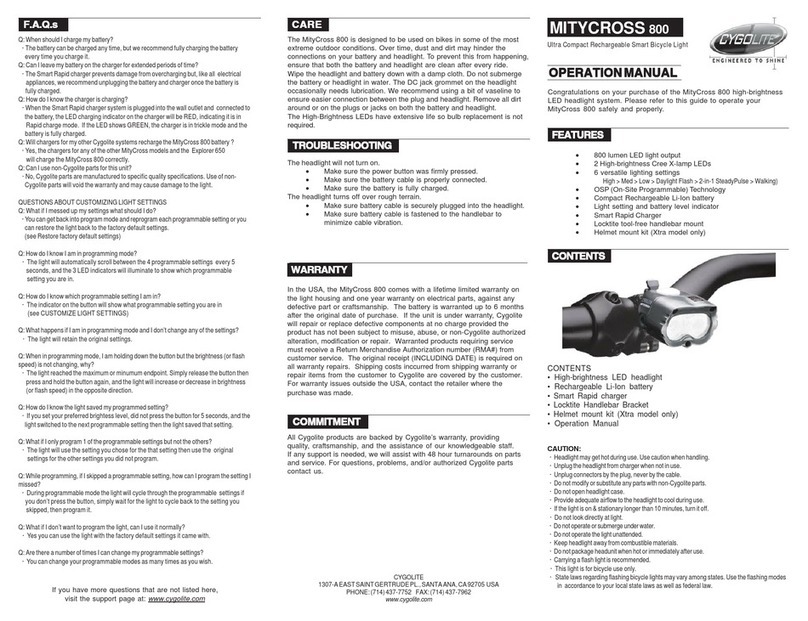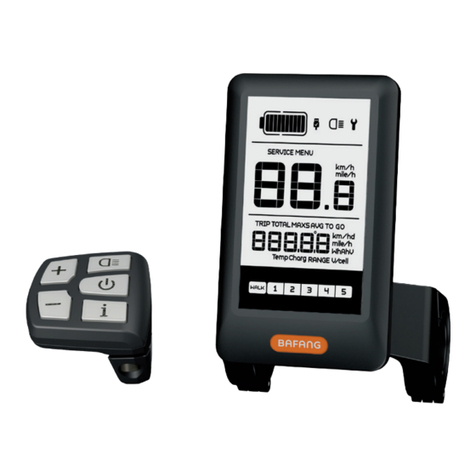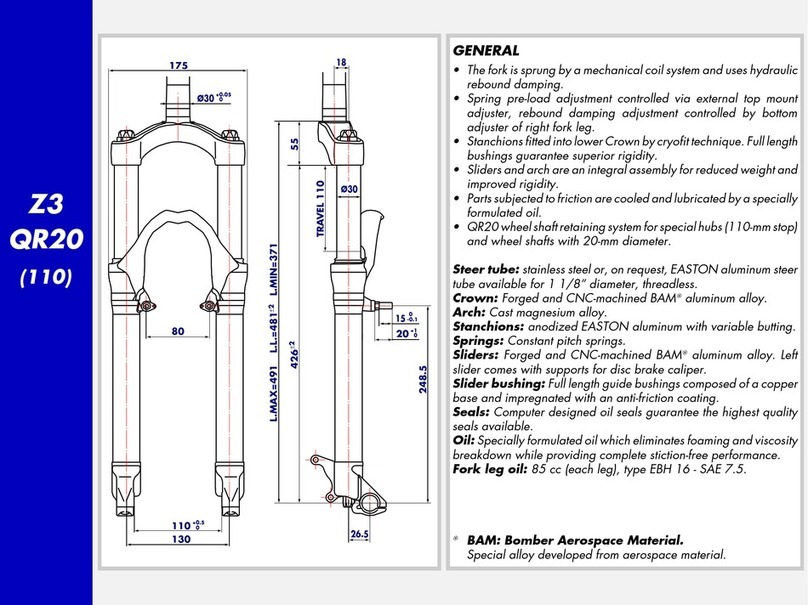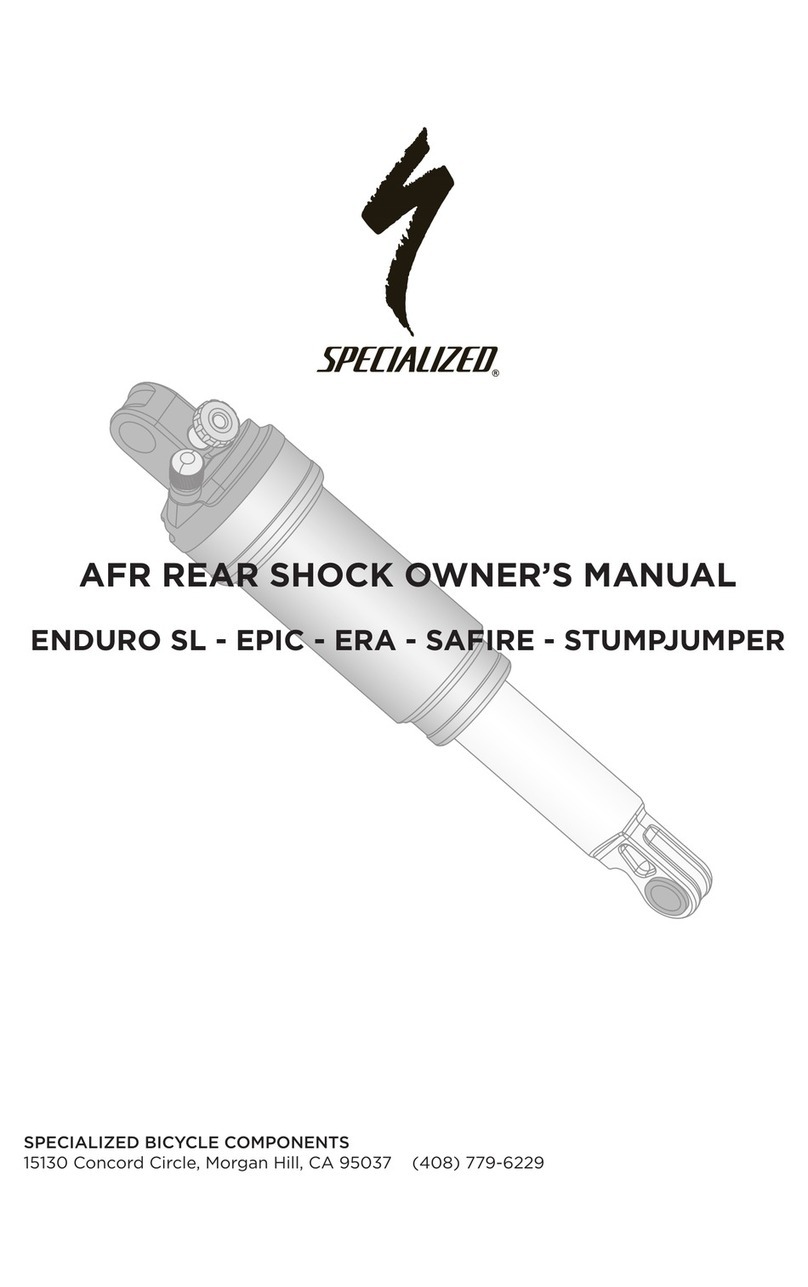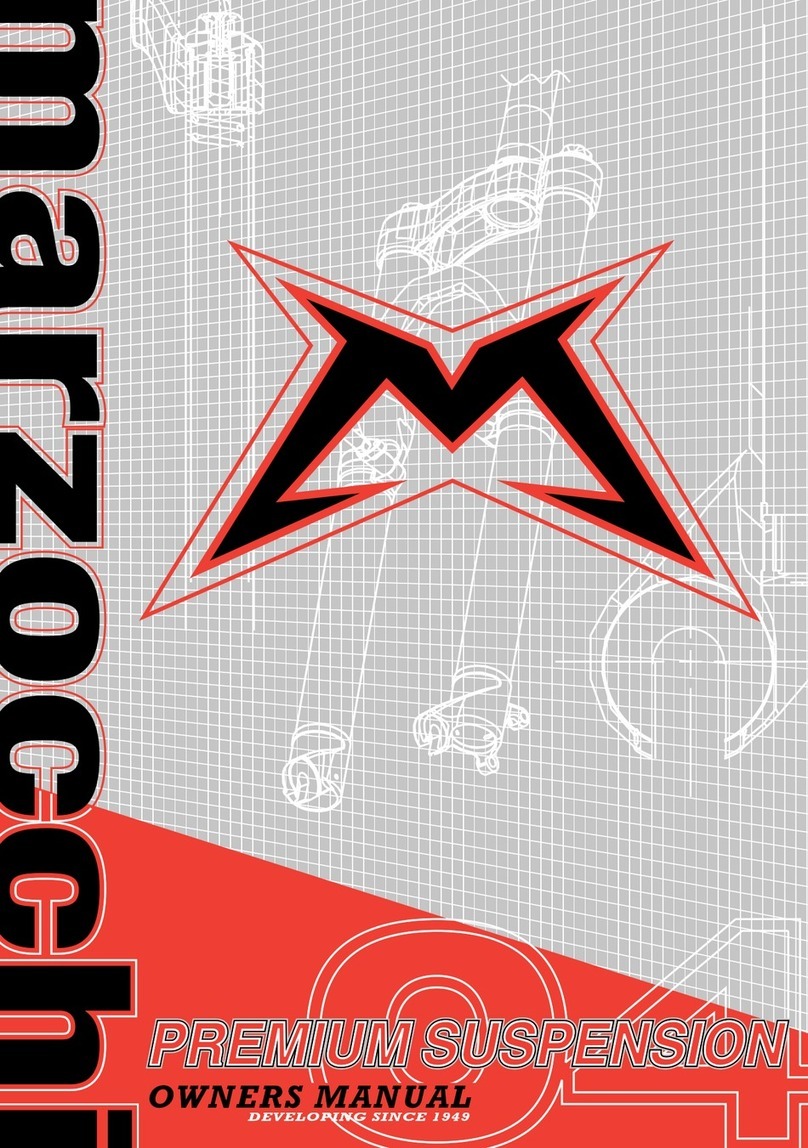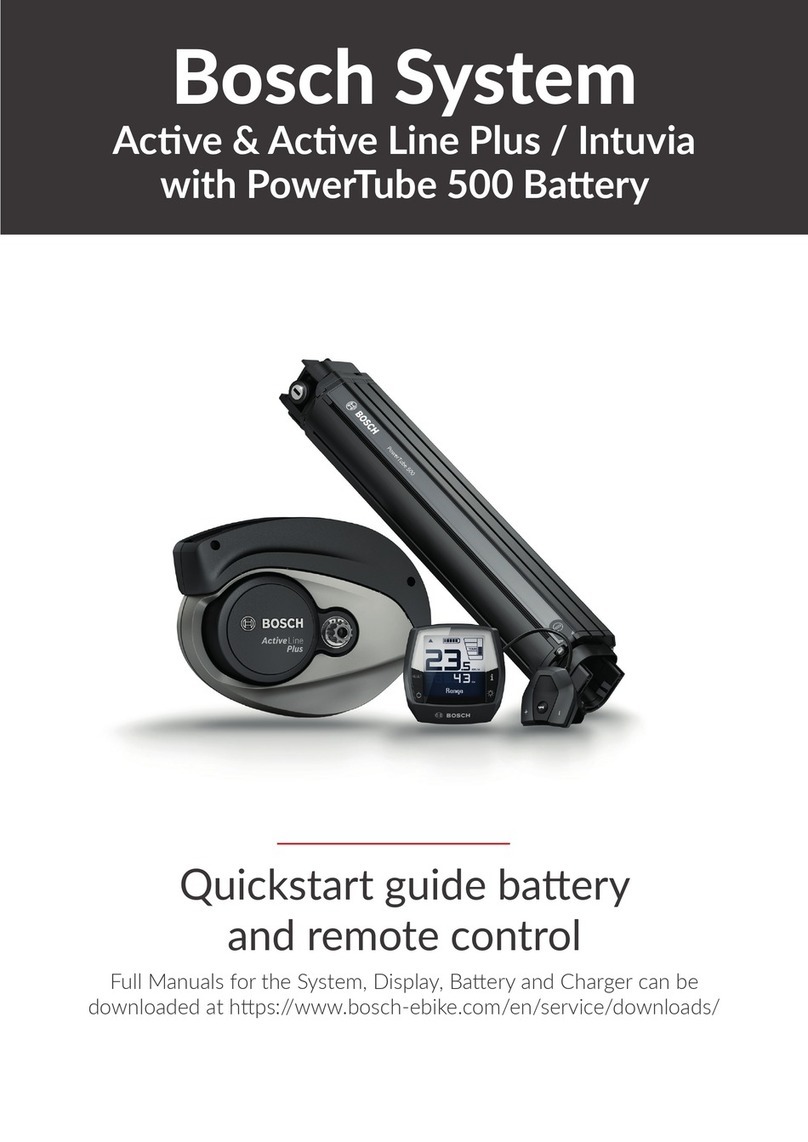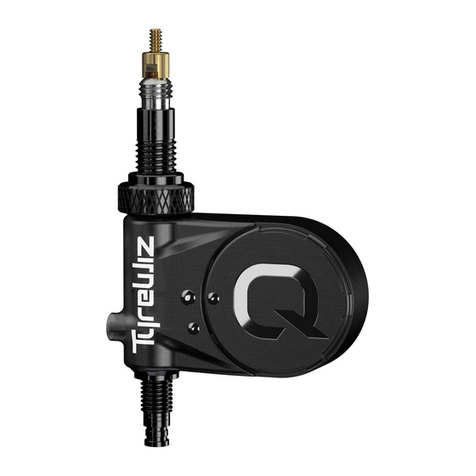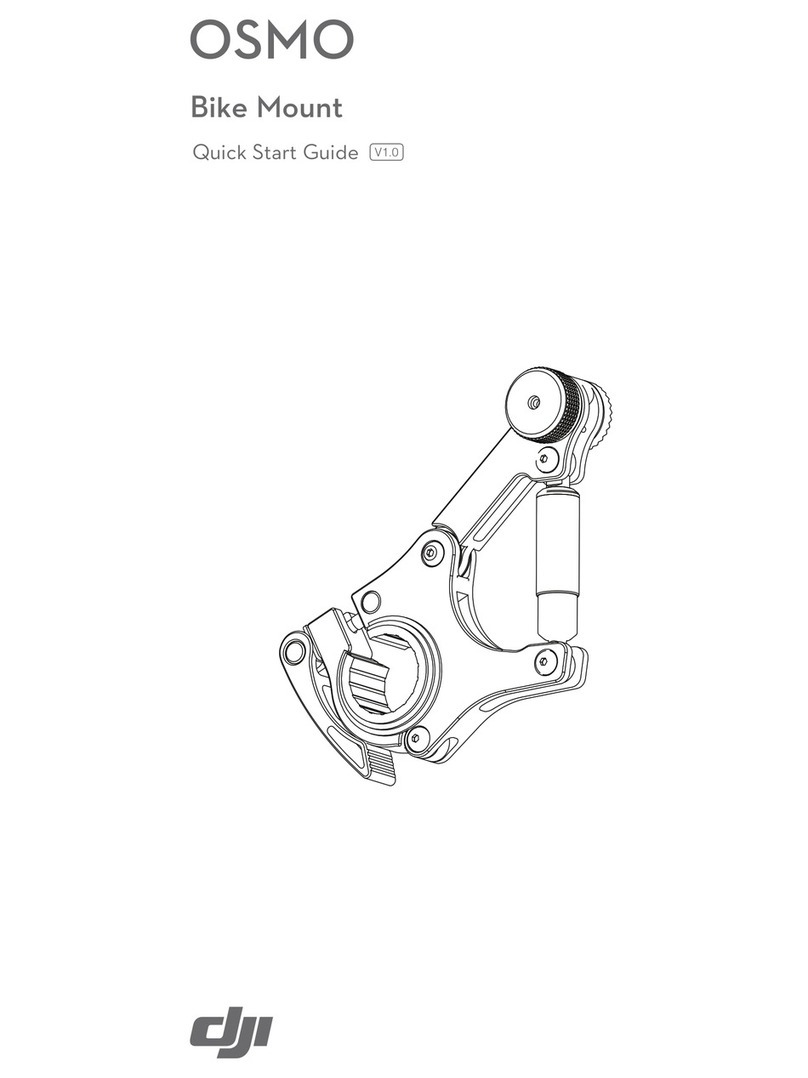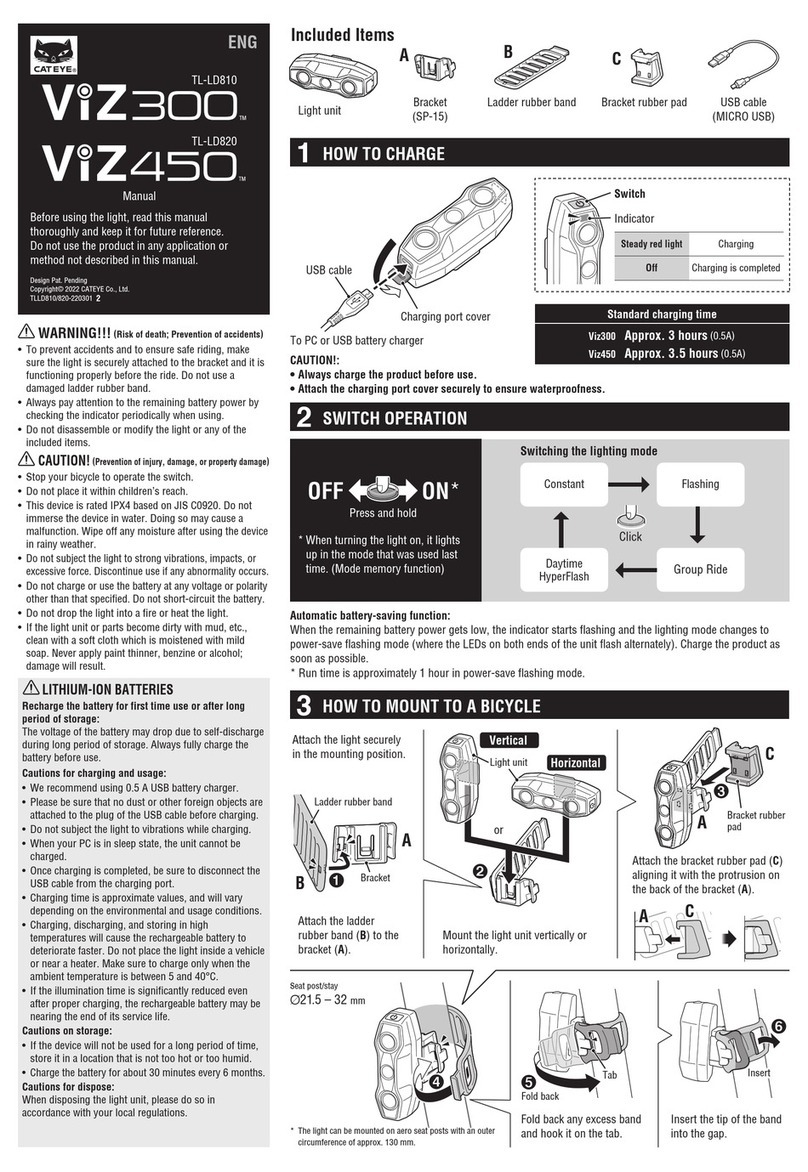
Stage 1:
Increase Pedal
Efficiency
Stage 2:
Better Muscle
Balance
Stage 4:
Customization and
Finalization
Part 2: CUSTOMIZING Q-RING SETUP
It is recommended you complete part 1 (minimum 10 hours riding)
before changing your OCP (Optimum Chainring Position) setup
Road or XC2 bike? Start in position 3
Triathlon or TT bike? Start in position 4
XC3 bike? Start in position 2
Recumbent bike? See recumbent installation guide!
Part 1: ADAPTATION TO Q-RINGS
If you are in the right OCP position, pedaling will be as
smooth or better than before and you will feel
more capable.
If you are in the wrong OCP position, you wont feel any
advantage and may feel uncomfortable. See part 2 to resolve
this issue.
Q-Rings use your leg muscles at a different rate than round rings, thereby changing your intramuscular coordination
of motor units. Following this guide will make your transition smooth. The duration of each stage varies from a day to a week.
Full adaptation takes a minimum of 10 hours, although benefits can be seen right away.
Pedaling may initially feel different, possibly leading to a
faster or slower cadence than usual, but any jerkiness will
gradually smooth out.
You are feeling more capable, more powerful, & you have a
better spin when climibing. A new sensation may be felt in
stronger or weaker leg muscles as adaptation occurs.
Less knee pain for those that suffer from it.
Your pedal stroke will start to feel smoother now, although it
may not yet be pefect. (If you are experiencing joint pain see
OCP setup guide below).
You're learning to pedal more efficiently.
Muscle fibers are adaptating and muscle
activation is improving.
This usually happens rather quickly.
Your leg muscles are starting to achieve a new, more
efficient and balanced pedal stroke.
Improved biomechanic efficiency allows for full activation of
muscle groups, thereby creating more power than with
round chainrings.
Knee problems are diminished with
reduced knee loads.
Q-Rings reduce your weakness (creating less negative
work in the "dead spot") and optimize performance
(creating more postive work in the downstroke), enabling
you to ride through tough conditions better than with round
rings.
